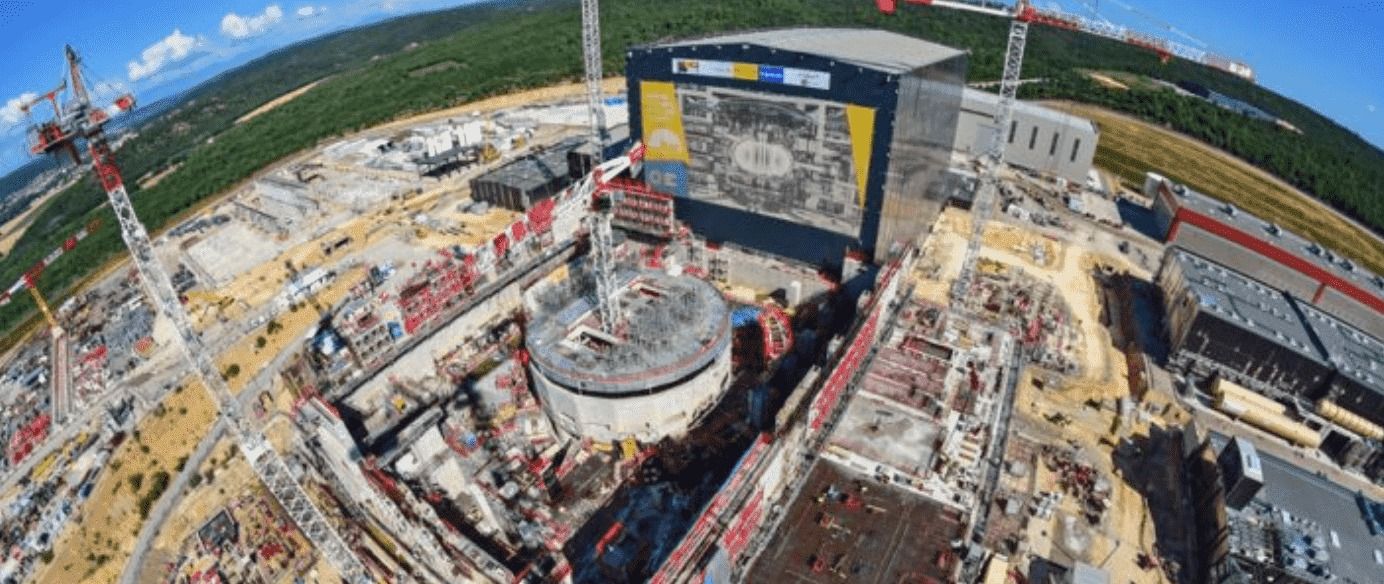In 2017, Nextbigfuture said that the ITER tokamak fusion project would cost $45–60 billion more than the claimed $22 billion construction budget and US Department of Energy (DOE) agrees with a far higher cost estimate. On April 11, 2018, Paul Dabbar, DOE undersecretary for science, provided a $65 billion estimate to the Senate Appropriations subcommittee on energy and water development. The $65 billion covers construction alone and annual operating costs once experimental operations begin in 2025 aren’t included.
The day after Dabbar’s testimony, the European Union Council of Ministers endorsed ITER’s nearly two-year-old baseline estimate, which covers construction from 2007 to full completion in 2035. Including a 10% contingency to account for overruns, ITER’s cost to EU members is €11.7 billion ($14.5 billion). As host, the EU is paying 46% of ITER’s cost, five times the share of each of the other six partners: China, India, Japan, Russia, South Korea, and the US.
The budget they talk about is 20 billion euros. This does not include the cost of the hardware only the bureaucratic management costs and the costs of assembly. The donated hardware is not included. The budget is only to get ITER to 2035.
